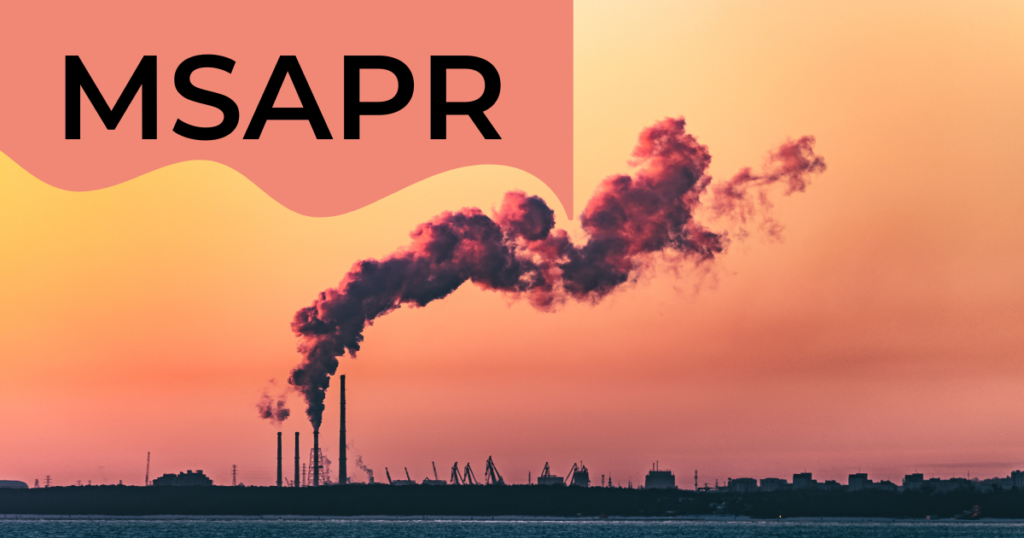The oil and gas industry in Canada is a critical part of the country’s economy, providing not only energy but also significant employment opportunities. Within this industry, measurement and regulatory standards play a crucial role in maintaining safety, efficiency, and compliance with environmental regulations.
One of the critical aspects of the oil and gas industry is accurate fluid sampling and analysis. Companies in locations such as Calgary, Lloydminster, and Whitecourt offer extensive fluid sampling and analysis services. They test for a variety of elements, including the water, oil, and gas content of samples, to assess quality and determine the best extraction and processing methods.
Many oil and gas operations involve complex systems and machinery, such as compressors. Compressor seal testing is an essential process to ensure that compressor seals are functioning correctly and safely. If a seal is not working correctly, it can lead to potentially harmful emissions and reduced efficiency.
Once an oil or gas facility is ready to begin operations, commissioning and startup services are needed. These services ensure that all systems are operating correctly, safely, and efficiently, allowing production to begin smoothly.
As the industry navigates the landscape of climate change and tightening environmental regulations, the importance of regular emissions testing, or fugitive emissions testing, has grown exponentially. It’s a part of the Multi-Sector Air Pollutants Regulations (MSAPR) standards set forth by the Canadian government.

Alberta’s carbon credit program is an example of regulatory measures aimed at encouraging oil and gas companies to reduce their carbon emissions. Companies can earn carbon credits by reducing their emissions and use these credits to offset any emissions they cannot eliminate.
In conclusion, the measurement and regulatory aspects of Canada’s oil and gas industry play a critical role in maintaining the industry’s viability, safety, and environmental responsibility. Through stringent regulations and innovative initiatives like Alberta’s carbon credit program, the industry can continue to thrive while also taking steps towards a more sustainable future.

